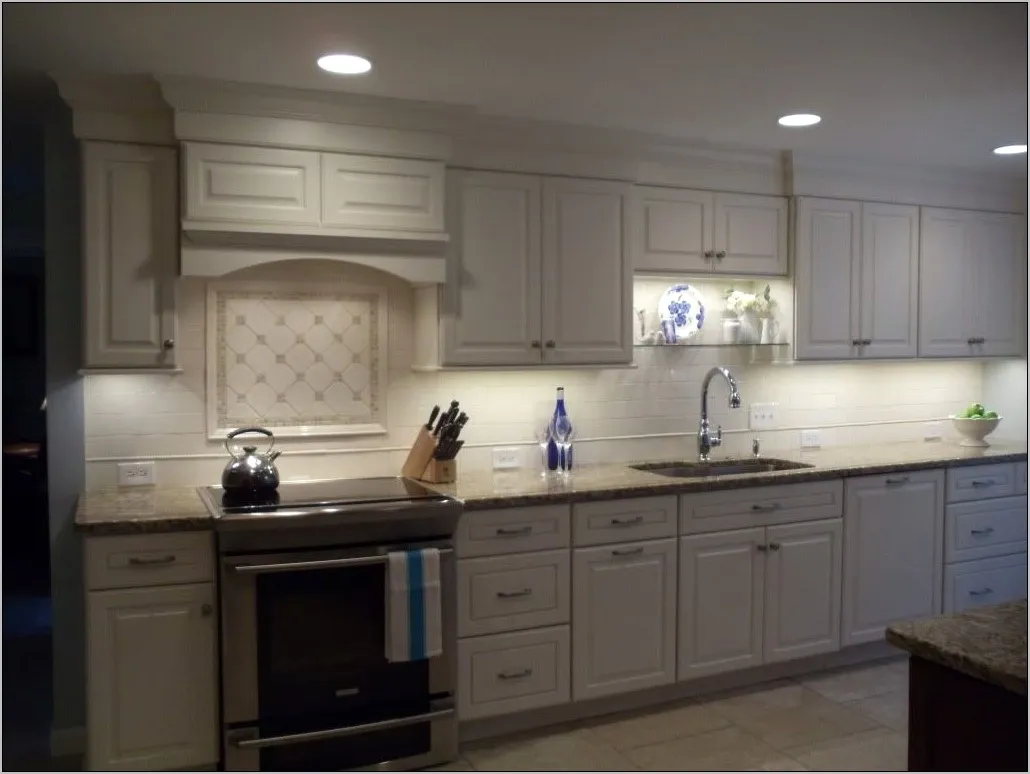Kitchen Decor: Top 7 Inspiring Ideas
Your kitchen is the heart of your home, a space where culinary creations come to life and memories are made. Creating a kitchen that is both functional and aesthetically pleasing is essential. This article will explore seven inspiring kitchen decor ideas to transform your space into a stylish and inviting haven. From embracing minimalist design to incorporating natural materials and optimizing storage, we’ll delve into various elements that can elevate your kitchen’s look and feel. Get ready to discover fresh ideas to revitalize your kitchen and create a space you’ll love.
Embracing Minimalism in Kitchen Decor
Minimalism in kitchen decor emphasizes simplicity, functionality, and a clutter-free environment. This approach is about creating a space that feels calm, organized, and visually appealing. By adopting minimalist principles, you can streamline your kitchen, making it more efficient and easier to maintain. This style focuses on using only essential items and avoiding unnecessary clutter, resulting in a clean and modern look. The goal is to create a serene and practical cooking and gathering space.
Benefits of a Minimalist Kitchen
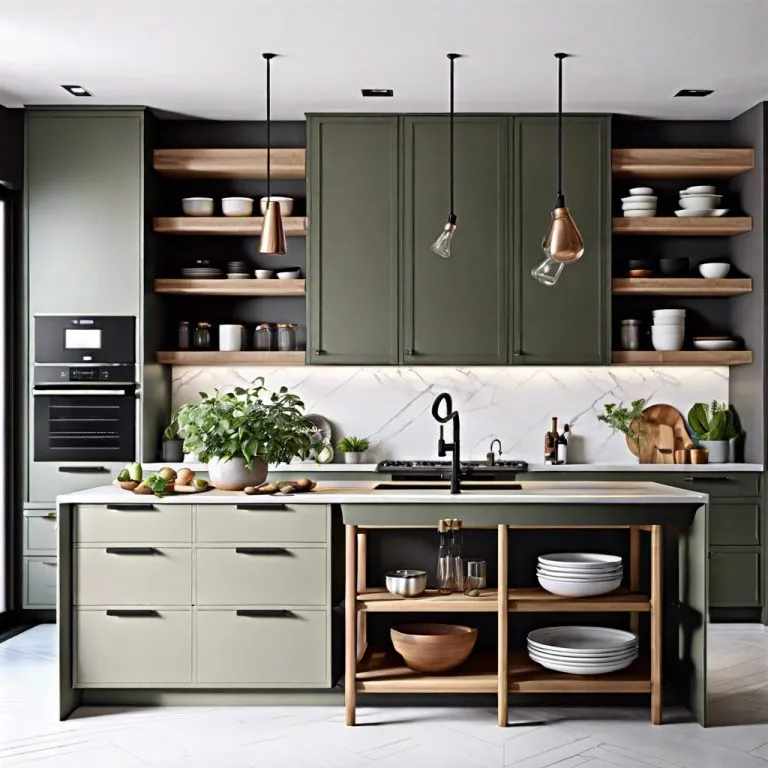
A minimalist kitchen offers several benefits. It reduces visual clutter, promoting a sense of calm and order. Cleaning and maintaining a minimalist kitchen is also easier, as there are fewer items to manage. This design style often leads to improved functionality because everything has a designated place. Minimalist kitchens typically make the space appear larger and more open, which can be particularly beneficial in smaller kitchens. They encourage a more mindful approach to cooking and organization.
Key Elements of Minimalist Design
Key elements of minimalist design include clean lines, neutral color palettes, and a focus on essential items. Opt for sleek cabinetry, simple hardware, and uncluttered countertops. Use neutral colors like whites, grays, and beiges as a base, and add pops of color with carefully chosen accessories. Prioritize functionality by ensuring that every item has a purpose and a place. Avoid excessive ornamentation and embrace simplicity in all design choices. This creates a cohesive and visually appealing space.
Maximizing Natural Light
Natural light is a crucial element in kitchen design, enhancing both the aesthetics and functionality of the space. Allowing natural light to flood your kitchen can make it feel brighter, more inviting, and more spacious. It also has positive effects on your mood and energy levels. Maximizing natural light involves strategic placement of windows, using light-colored surfaces, and avoiding obstructions that block sunlight. A well-lit kitchen is a more pleasant place to cook and gather.
Importance of Lighting in Kitchens
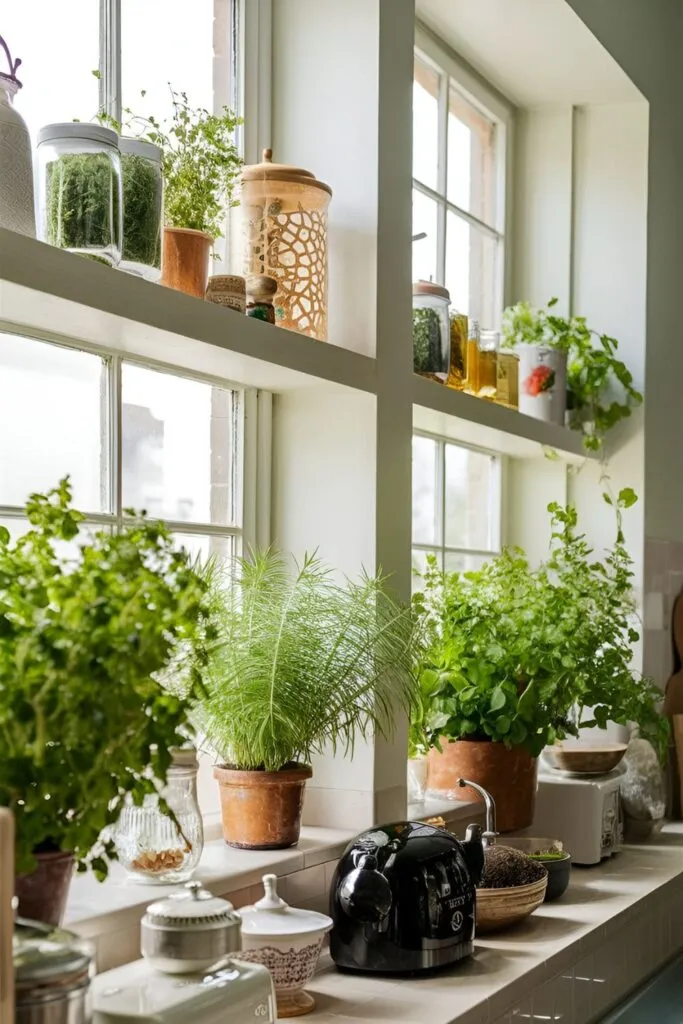
Proper lighting is essential in the kitchen for both functionality and ambiance. Well-designed lighting can improve visibility for cooking, food preparation, and other tasks. It can also enhance the overall aesthetic of the kitchen. A layered approach to lighting, combining ambient, task, and accent lighting, provides flexibility and creates a welcoming atmosphere. The right lighting scheme can transform the entire feel of the kitchen, making it a more enjoyable and efficient workspace.
Types of Kitchen Lighting
There are several types of kitchen lighting to consider, including ambient, task, and accent lighting. Ambient lighting provides overall illumination and is typically achieved through recessed lights, pendant lights, or chandeliers. Task lighting focuses on specific work areas, such as countertops and the stovetop, using under-cabinet lights or spotlights. Accent lighting highlights architectural features or decorative elements. Combining these types of lighting creates a balanced and functional lighting scheme that suits all needs. Remember that the right combination of lighting can dramatically change the entire look of the kitchen
Choosing the Right Color Palette
Color plays a significant role in kitchen decor, influencing the mood and atmosphere of the space. The right color palette can make your kitchen feel more inviting, spacious, and stylish. Consider the size of your kitchen, the amount of natural light, and your personal preferences when choosing colors. Neutral colors provide a versatile base, while accent colors can add personality and interest. Carefully selecting colors will help you create a harmonious and visually appealing kitchen design.
Popular Color Schemes for Kitchens
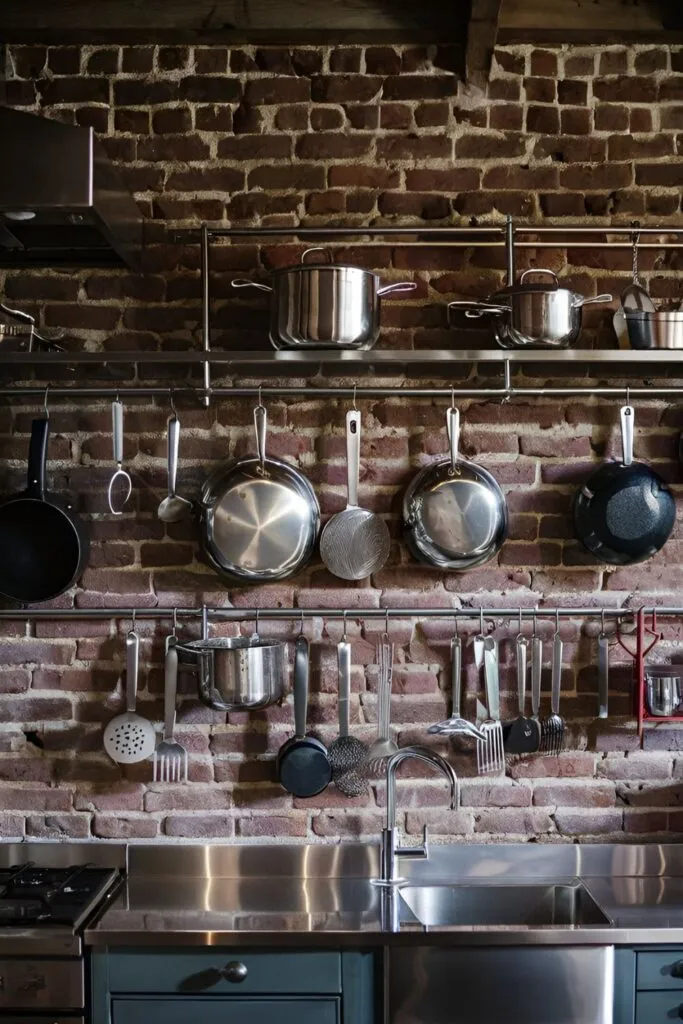
Popular color schemes for kitchens include classic whites and creams, which create a clean and bright look. Gray tones offer a modern and sophisticated feel, while blues and greens can evoke a sense of calm and tranquility. Earthy tones like browns and beiges bring warmth and a natural vibe. Consider combining neutral base colors with accent colors. Think about using a combination of colors or monochromatic schemes to create visual interest. The best color scheme depends on your personal style and the overall aesthetic you wish to achieve.
Using Color Psychology in Design
Color psychology explores the emotional and psychological effects of colors. In kitchen design, understanding color psychology can help you create a space that evokes the desired mood. For instance, blue and green are often associated with calmness and relaxation, making them suitable for kitchens. Yellow and orange can stimulate appetite and create a welcoming atmosphere. White and light colors can make the kitchen feel spacious and airy. Consider your personal preferences and how you want to feel when choosing your kitchen’s color palette.
Incorporating Natural Materials
Incorporating natural materials into your kitchen design can bring warmth, texture, and a connection to nature. Natural materials such as wood, stone, and bamboo add a tactile and visually appealing element to the space. They introduce organic textures and colors, creating a more inviting and comfortable environment. Using natural materials can enhance the overall aesthetic of your kitchen, making it feel more grounded and timeless. This design choice provides a touch of elegance and sophistication.
Benefits of Wood and Stone
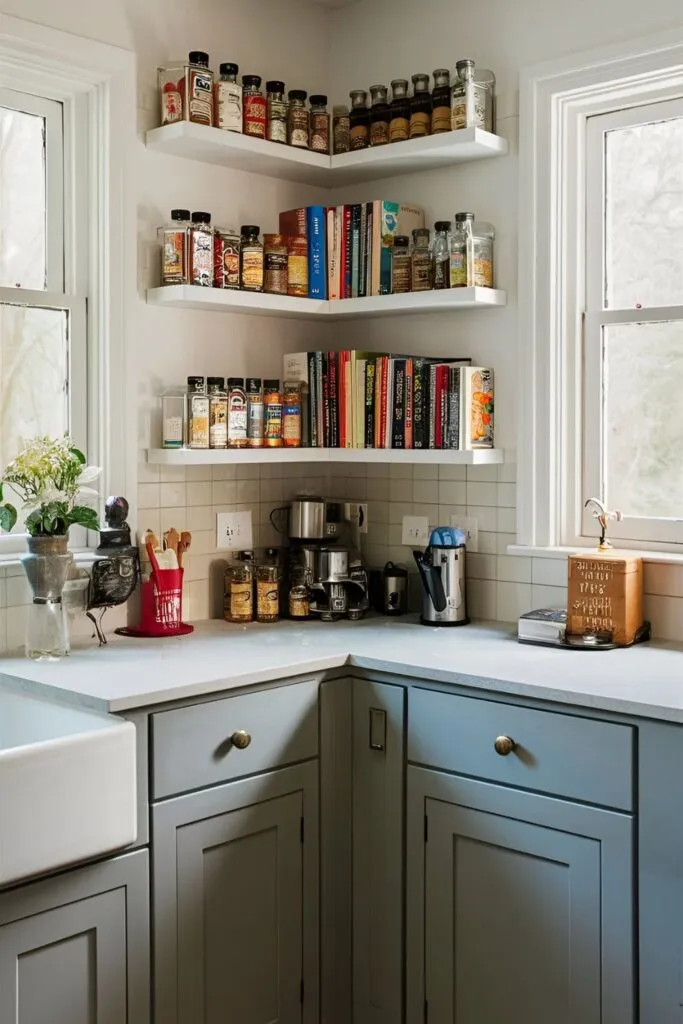
Wood and stone are excellent choices for kitchen design due to their durability, beauty, and natural appeal. Wood adds warmth and character, with a variety of finishes and styles available. Stone, such as granite or marble, offers a luxurious and sophisticated look. Both materials are long-lasting and can withstand the demands of a kitchen environment. Using wood and stone can also make the kitchen feel more connected to nature and create a timeless appeal. They are both beautiful and practical options for kitchen design.
Sustainable Material Options
When incorporating natural materials, consider sustainable options to minimize your environmental impact. Choose reclaimed wood, which gives a rustic charm while reducing waste. Opt for countertops made from recycled materials like glass or paper. Bamboo is a rapidly renewable resource that provides durability and beauty. Sustainable choices allow you to create a beautiful kitchen while reducing your environmental footprint. These sustainable options offer both beauty and responsibility in design.
Adding Greenery for a Fresh Look
Adding greenery to your kitchen decor can breathe life and freshness into the space. Plants bring a touch of nature indoors, improving air quality and creating a more welcoming atmosphere. Greenery can add color and texture, complementing the existing design elements. Whether it’s a small herb garden, a few potted plants, or a larger display, adding greenery is a simple way to enhance your kitchen’s look and create a more enjoyable environment. It’s an affordable way to personalize the space.
Benefits of Indoor Plants
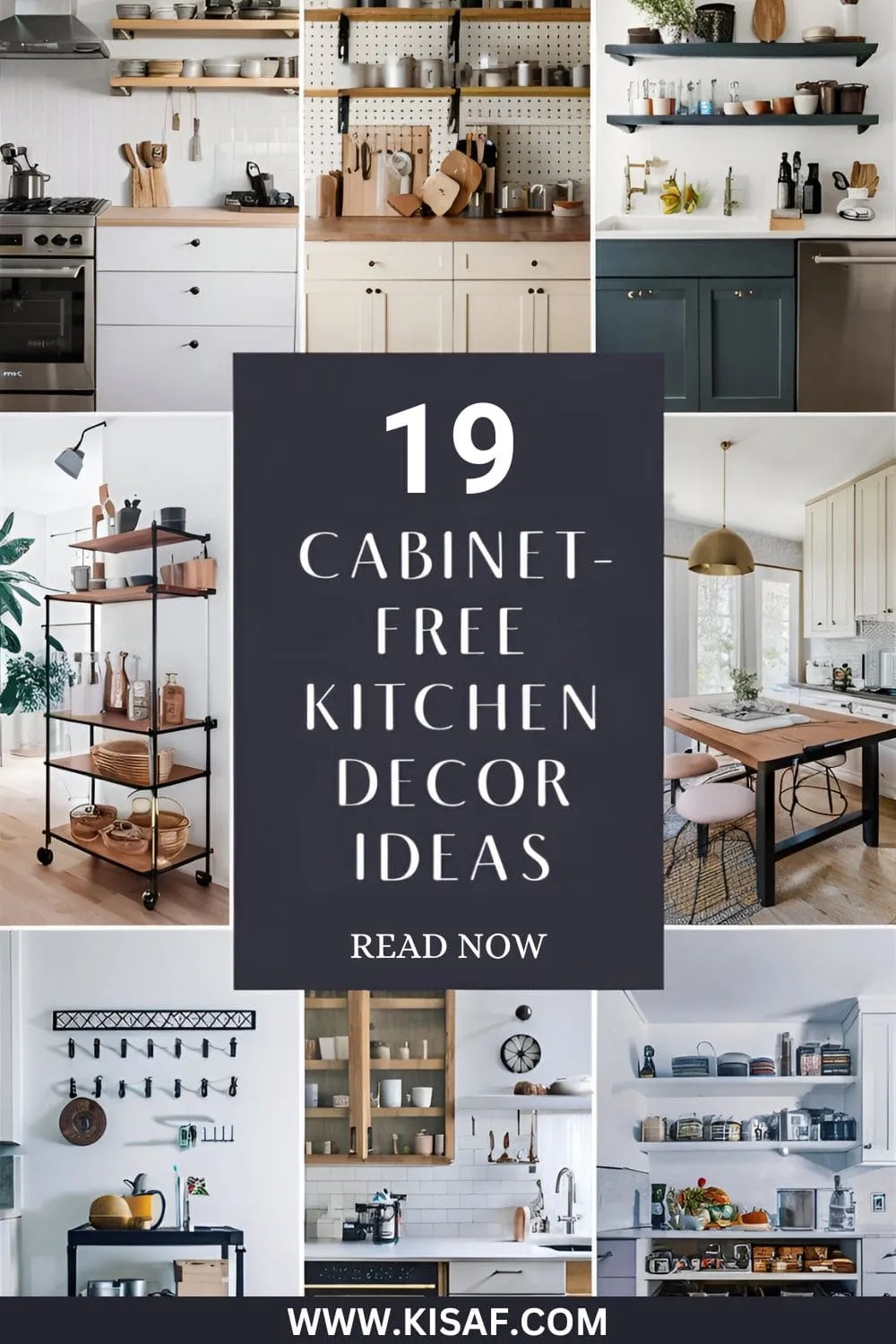
Indoor plants offer a variety of benefits beyond aesthetics. They improve air quality by filtering pollutants and releasing oxygen. Plants can also boost your mood and reduce stress, creating a more positive atmosphere in the kitchen. Certain plants can also provide practical benefits, such as herbs for cooking. Introducing plants is a simple way to enhance both the look and feel of your kitchen, making it a healthier and more enjoyable space.
Best Plants for Kitchens
Several plants thrive in kitchen environments, making them excellent choices for decor. Herbs like basil, mint, and rosemary are practical and aromatic. Snake plants and spider plants are low-maintenance options that purify the air. Succulents add a touch of modern style and require minimal care. Consider the amount of light your kitchen receives when choosing plants. Select plants that are easy to care for, adding both beauty and functionality to your kitchen space.
Optimizing Storage Solutions
Optimizing storage solutions is crucial for a functional and organized kitchen. Effective storage maximizes space, minimizes clutter, and makes it easier to find what you need. Planning storage solutions from the beginning of the design process will help you create a kitchen that meets your needs and streamlines your cooking experience. Prioritize accessibility, efficiency, and aesthetic appeal when implementing storage solutions.
Smart Storage Ideas
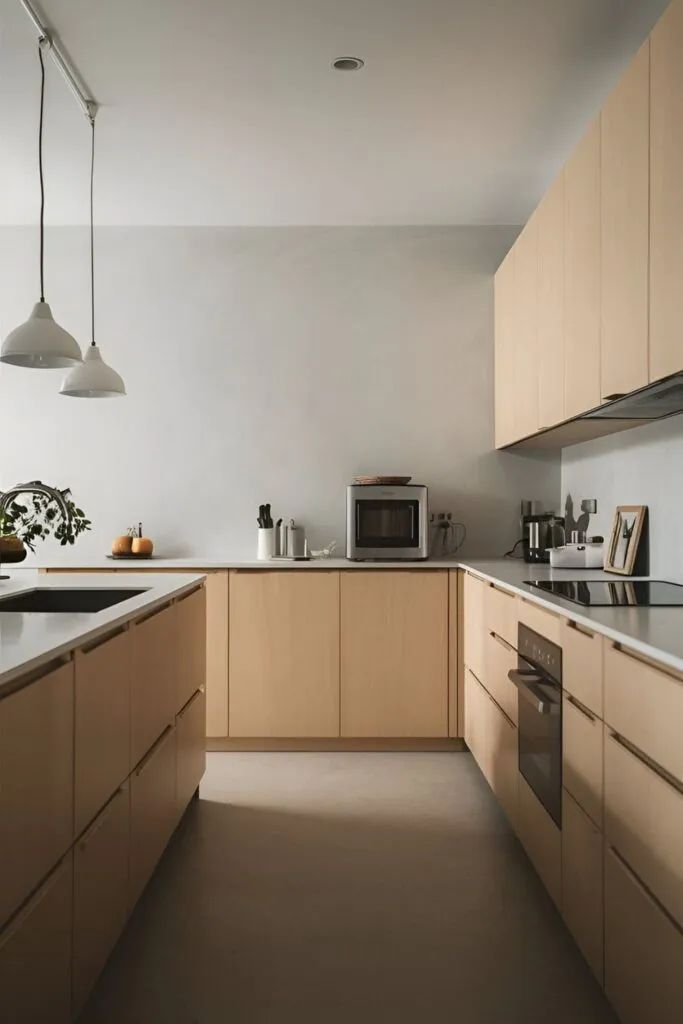
Smart storage ideas include pull-out shelves, which maximize space in lower cabinets. Utilize vertical storage with pantry organizers and spice racks. Consider drawer dividers to keep items organized and easily accessible. Install corner cabinet solutions to make the most of every inch. Using these smart solutions, you can create a highly functional and efficient kitchen that meets all of your storage needs and provides the maximum amount of storage in your space.
Organizing Kitchen Essentials
Organizing kitchen essentials is essential for maintaining a tidy and functional kitchen. Group similar items together, such as cookware, utensils, and pantry staples. Use clear containers to store dry goods, making it easy to see contents. Implement labeling systems to identify items quickly. Create zones for different tasks, such as food prep, cooking, and cleaning. By organizing your kitchen essentials, you can improve efficiency and create a more enjoyable cooking environment.
Choosing the Right Kitchen Accessories
Choosing the right kitchen accessories can enhance both the functionality and aesthetic appeal of your kitchen. Accessories add personality, style, and practicality to the space. Select accessories that complement your overall design scheme while serving a practical purpose. From dish towels to cutting boards, the right accessories can make a significant difference in creating a well-designed and functional kitchen.
Essential Accessories for a Functional Kitchen
Essential accessories for a functional kitchen include cutting boards, mixing bowls, and measuring cups. High-quality cookware and utensils are also crucial. Consider adding a stylish dish rack and a functional paper towel holder. Investing in these essential accessories will make your kitchen tasks easier and more efficient. The choice of these accessories should also enhance the overall functionality of your kitchen.
Stylish and Practical Accessory Choices
Stylish and practical accessories elevate the design and functionality of your kitchen. Choose accessories that reflect your style, such as decorative canisters, unique spice racks, and colorful dish towels. Opt for materials that are durable and easy to clean. Consider adding decorative elements like artwork or plants to personalize the space. By carefully selecting stylish and practical accessories, you can create a kitchen that is both beautiful and functional.
In conclusion, transforming your kitchen into a stylish and functional space is achievable with the right decor ideas. From embracing minimalism and maximizing natural light to incorporating natural materials and optimizing storage, each element plays a crucial role in enhancing the overall look and feel of the kitchen. Remember to choose colors, accessories, and plants that reflect your personal style and cater to your needs. By implementing these seven inspiring kitchen decor ideas, you can create a kitchen that is not only aesthetically pleasing but also a joy to cook and spend time in. So, start implementing these ideas and enjoy your new kitchen!
